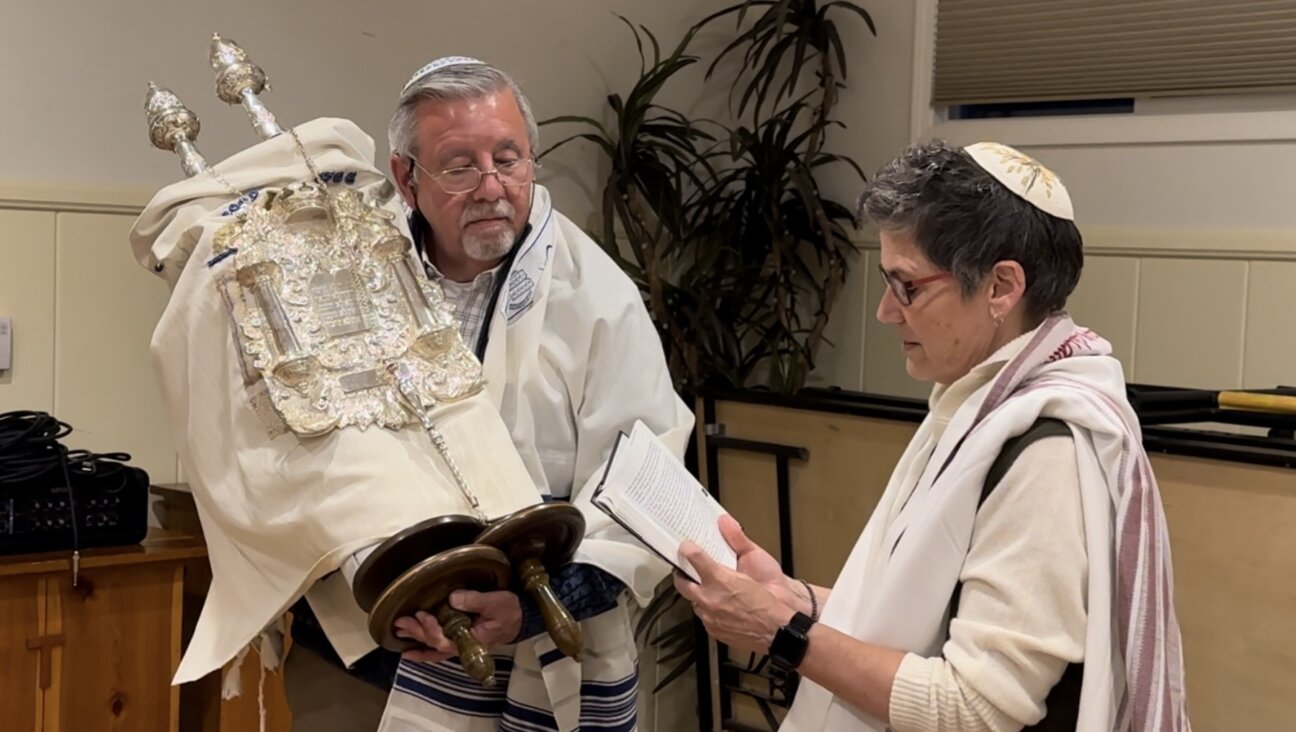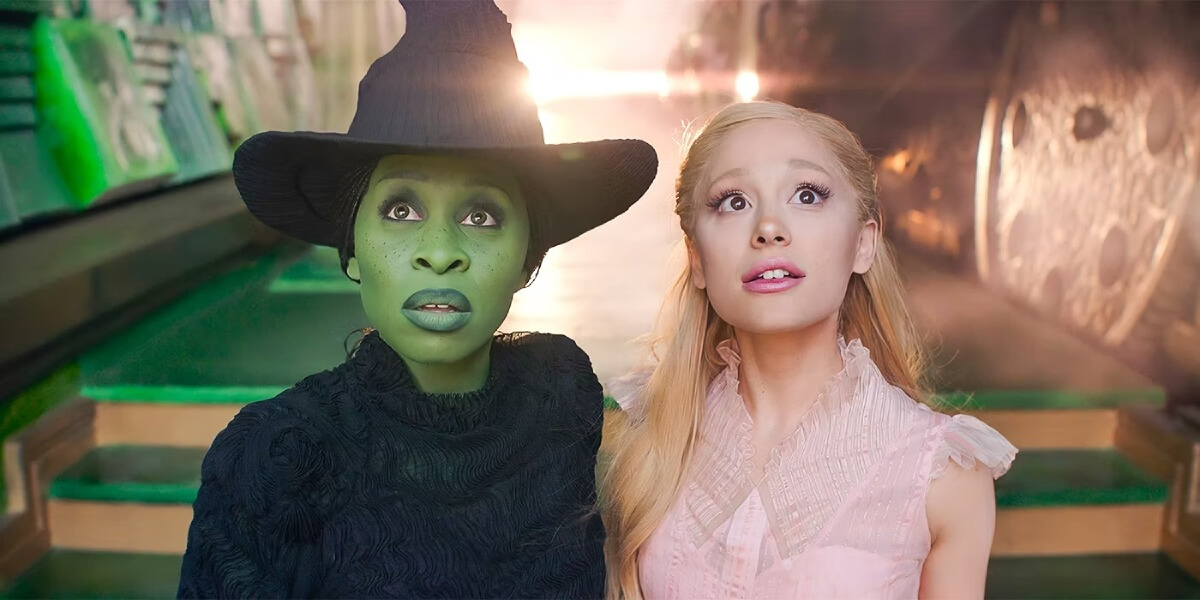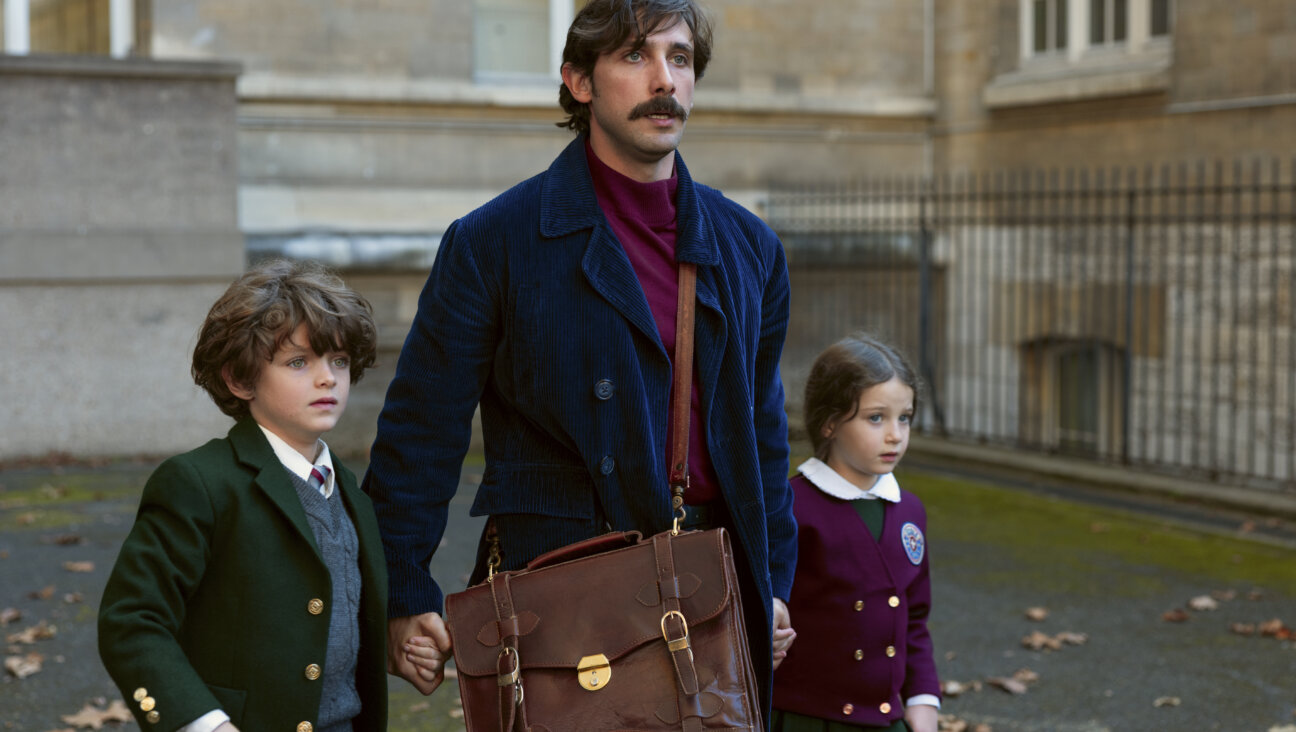How DeMille Created a Sanctuary Out of the Exodus
In 1923, a year before Charlton Heston was born, Cecil B. DeMille shot his original version of “The Ten Commandments.” In its day, it was the largest, most popular project ever put on film. With a price tag of $1.48 million, it was also the most expensive. Following its glittering premiere — 80 years ago this week — at Grauman’s Egyptian Theatre in Hollywood, “The Ten Commandments” set box office records and ran for more than a year around the country.
Among the 2,500 extras DeMille brought with him for three weeks of filming were 250 Orthodox Jews from Los Angeles. Most of them, immigrants from Eastern Europe, didn’t speak English. Yet for them, the silent “Ten Commandments” was more than a movie. Playing the roles of their ancestors in the Exodus was emotional for them and the others on the set; during those moments, the American dream and their heritage converged.
The screenplay, by Jeanie Macpherson, is in two parts. The Exodus serves as a 45-minute prologue for a modern morality tale set in jazz-age San Francisco. Eight decades after the film’s December 4, 1923 premiere, that modern story appears dated. But the prologue — despite some stilted acting and anachronisms — offers visual moments that remain remarkable.
Exterior shots for the Exodus were filmed on the Nipomo Dunes of Guadalupe, Calif., 175 miles up the coast from Los Angeles. This is where Paramount built DeMille’s colossal set for the City of Rameses.
“We believed rightly that, both in appearance and in their deep feeling of the significance of the Exodus, they would give the best possible performance as the Children of Israel,” DeMille wrote of these extras in his autobiography.
When Jewish lecturer and writer Rita Kissin interviewed DeMille in April 1923 about the upcoming film, she asked to be in the picture. Ever the publicist, he agreed; she arrived in Guadalupe with a contract that began, “This location is not a vacation.”
And it wasn’t. Actors huddled beneath blankets between takes, seeking protection from the Pacific winds and sandstorms. But for the immigrants, the pay was worth it: $10 a day for adults, $7.50 a day for children.
In late May 1923, the entire company boarded two special trains from Los Angeles. A local newspaper account of the arrival at the Guadalupe station of the first train describes “old men, infirm of step, feeble with long hair and patriarchal beards. With their belongings tied up in newspapers or in battered old suitcases, they huddled together.”
After the men were helped onto trucks and buses, the women’s train arrived, with “plump Jewish mothers, holding their little children by their hands.”
Horse-driven sleds carried them over the dunes to the tent city erected a mile from the set. These quarters, divided into companies of 50 to 100 people, would come to be called Camp DeMille. Gambling and drinking were prohibited. Men’s and women’s quarters were separated by Lasky Boulevard, policed by guards and deputy sheriffs. Men were not allowed in the women’s section without a pass and a chaperone.
DeMille made certain that the camp had its own synagogue, presided over by Rabbi Aaron Markadov and an interpreter. But even so, certain Jewish needs were overlooked. On their first night at Camp DeMille, the Jews chose hunger over the ham dinner they were served.
“I sent posthaste to Los Angeles for people competent to set up a strictly kosher kitchen,” DeMille wrote. The captain of the Jewish company was permitted to choose his own cooks and make all arrangements for food.
At the wardrobe tents, the extras received their costumes, made of new material but styled to look worn and dirty.
During a fitting, Kissin overheard a conversation between two middle-aged women trying to figure out how to drape their costumes.
“Take that off’n you, Mrs. Rosen,” said Mrs. Kaplan, “or the director will be mad mit you. I’ve heard DeMille say in the olden times there wasn’t no safety pins.”
Safety pins or not, several journalists witnessed the extras at work during the filming of the flight from Egypt.
“These Jews streamed out of the great gates with tears running down their cheeks, and then without prompting or rehearsal, they began singing in Hebrew the old chants of their race, which have been sung in synagogues for thousands of years,” wrote Los Angeles Times reporter Hallett Abend.
According to syndicated Hollywood columnist Jack Jungmeyer, the Jews chanted “Father of Mercy” and “Hear O Israel.” He heard one of the older Jews say to a crew member, “We know this script — our fathers studied it long before there were movies. This is the tale of our beginnings. It is deep in our hearts.”
An elderly woman, overcome with emotion, fell to her knees and shook a fist at the gates of Pharaoh, weeping and casting sand on her head.
Mrs. Rosen said that although she needed the money, she would have worked for nothing on “The Ten Commandments.”
“It’s just like living in dem times when we got the Torah, an’ now we’re going to get it all over again in a picture by Mr. DeMille,” she said.
For the scene depicting the parting of the sea, actor Theodore Roberts as Moses stood on a rock at the Pacific shoreline, surrounded by the children of Israel. As sunset approached, clouds blocked out the light, threatening to ruin the shot.
“Just then the clouds cleared,” Abend wrote. “The nearly level rays of the sun made a halo around the figure of the prophet, gave a startling radiance to his face.”
“A gasp went through the crowd,” Kissin recalled. “The faces of men and women reflected this light. Tears trembled on wrinkled cheeks, sobs came from husky throats. For many the world had moved back 3,000 years, and they stood once more on the shores of the Red Sea, viewing once more the good omen of deliverance.”
Actress Leatrice Joy was also on the set. Though she played a leading role in the film’s modern story, DeMille invited her to join the extras in the desert. “God almighty, you never heard anything so sad as the dirge of the Jewish people,” she told documentary filmmaker Peter Brosnan in May 1985, a week before her death. “They gave the impression that this was it. It was never done before. They were living the time, these people. They weren’t acting.”
“One thing in particular was DeMille’s desire to give to the screen the tremendous love that God had for the Jewish people,” Joy said. “You see, Mr. DeMille’s mother was Jewish.”
Matilda Beatrice DeMille, known as Beatrice, was born in 1853 to the prominent Samuel family of Liverpool, England. From 1920 to 1925, a relative, First Viscount Herbert Louis Samuel, served as the first high commissioner of British Mandate Palestine.
Cecelia Presley, Cecil B. DeMille’s granddaughter, said that Beatrice probably came to America by herself. The Samuel family opposed Beatrice’s budding romance with Henry Churchill DeMille, an actor, playwright, teacher and lay leader in the Episcopal Church. Even so, she became an Episcopalian and, on July 1, 1876, married Henry at St. Luke’s Church in Brooklyn.
When Henry died of typhoid 17 years later, it was up to Beatrice to support her sons, 14-year-old William and 11-year-old Cecil. She ran a school for girls and later became a play broker and agent. It was she who introduced Cecil to Jesse Lasky; their production company was a forerunner of Paramount.
Presley said that although DeMille didn’t find out about his mother’s Jewish background until he was a grown man, he was proud of it. She added that DeMille himself couldn’t have been Jewish “anymore than he could have been a Muslim or a Brahman.” This is evident in the Christian overtones of the modern part of the film.
It was DeMille’s father who instilled a strong sense of religion in him. Henry read the Bible aloud to his sons at night, “teaching his sons that the laws of God are not mere laws, but are the Law,” DeMille wrote.
Presley said that Beatrice’s Jewish lineage likely inspired DeMille to hire the immigrants for the movie. “No question about it, it was a very special thing for him,” she said.
Even as the exodus had ended for these American newcomers, the gates of freedom were closing to would-be immigrants. The following year, the Immigration Quota Act of 1924 slashed the annual number of émigrés from southern and Eastern Europe allowed into the United States by 87%.
Today, the City of Rameses lies beneath the Nipomo Dunes. DeMille had the set secretly buried at the site, probably to save money. In 1983 filmmaker Peter Brosnan rediscovered “DeMille’s Lost City.” Since 1998, the organization Friends of the Lost City has sought funds to excavate the area (www.lostcitydemille.com).
It’s well worth the effort to excavate the film itself, to see the faces of those who had just come to freedom playing their ancestors in the ultimate story of freedom.














